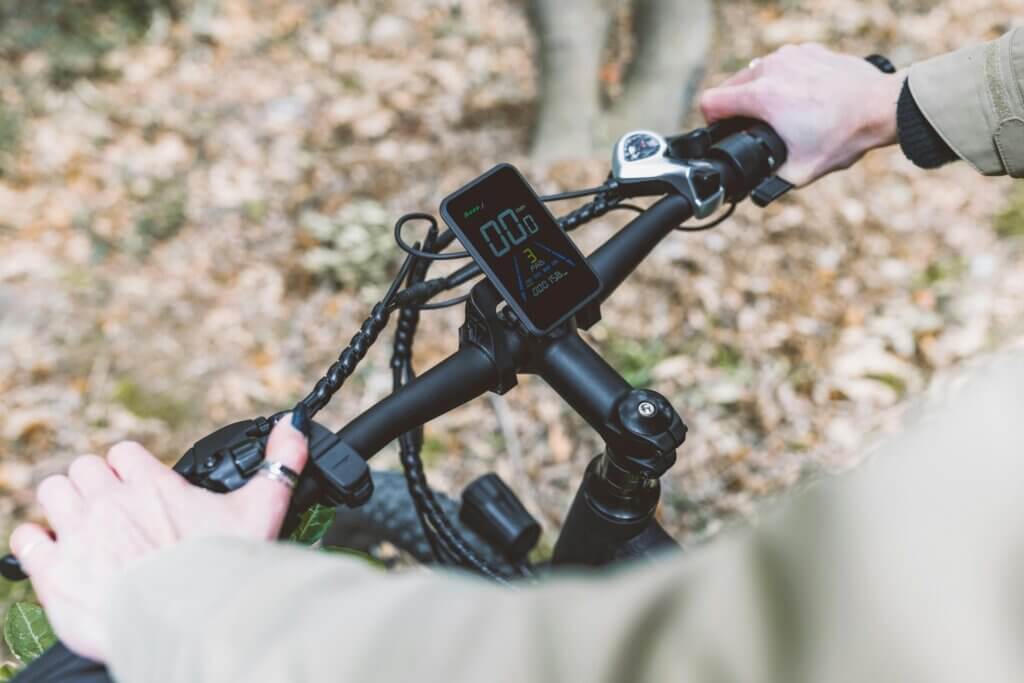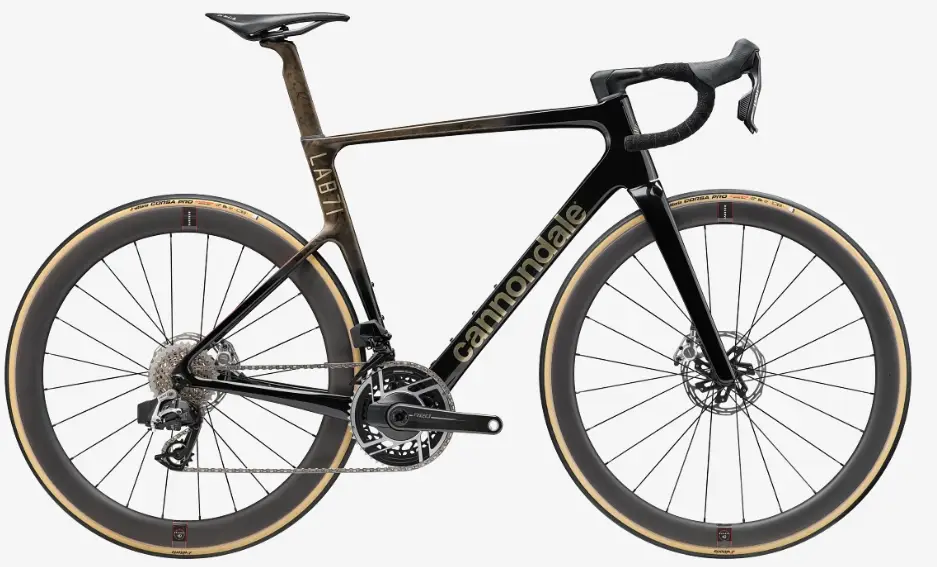E-bikes are undoubtedly becoming a high-tech investment. In recent times, we have experienced smart motors and even ride bikes with integrated GPS.
But a much more interesting discovery is the advanced sensory technology. These advanced e-bikes are designed with performance, efficiency, and safety in mind. With this development, riders can now feel connected to their electric bike more than ever before.
What Are Advanced E-Bike Sensors?
Modern e-bikes can serve as an exciting ride with motor assistance powered by basic torque and cadence sensors. Imagine what these new advanced e-bike sensors can do. This advanced e-bike sensor can gather even minute data, which includes riders’ behavior and road conditions.
An advanced e-bike sensor isn’t about responding; it takes the initiative into a new environment. An improved riding experience awaits active riders.
A mobility researcher revealed that this new development will turn the e-bike into an intelligent mobility system.
Types of Advanced E-Bike Sensors
An advanced e-bike sensor comes in different types. Some are biometric sensors that allow riders to monitor their heart rate, while others track power output and sync with fitness apps.
Other sensors are great for collision detection and proximity monitoring. Improving riders’ safety by alerting to possible collision events. Battery health and environmental sensors are great for predicting battery life and also monitoring weather and road conditions.
For riders who seek a natural-feeling, a touch of the torque sensor and speed sensor is all they need. The torque sensor provides a smoother ride and adjusts depending on the terrain.

Why They Matter for E-Bike Riders
There are benefits attached to using an advanced sensor e-bike. Riders get optimized performance, extended battery life, and even a predictive maintenance opportunity. Safety and personalized rides make this technology the best movement for smart bicycles.
Industry Leaders Driving the Innovation
Since the development of advanced sensors, companies are starting to invest. Some of the forefront runners of this technology are Bosch e-bike systems, Shimano STEPS, Vanmoof, and Cowboy.
Although these companies are invested in different types of advanced sensor systems, for instance, Bosch eBike systems. They invested in the torque sensor to ensure a better adaptive sensor network. While Cowboy and Vanmoof, on the other hand, are embedding GPS and anti-theft technology into the advanced sensor e-bike.
Challenges and Market Outlook
While advanced sensors show significant promise, they definitely have their shortcomings. Higher production cost, workable industry-wide standards, and integrated complexity are hurdles this new technology might face.
Despite the challenges, analysts predict that sensor-equipped e-bikes will dominate the e-bike market in the next 5 years. We expect premium and mid-range e-bikes to have these features.
The Future of E-Bike Performance
The latest advancement in e-bike sensors is taking mobility to the next level by shaping the future of smart mobility. This innovation also keeps riders’ passion for cycling alive.
Hence, this technology doesn’t just extend battery range and improve safety alone; it also changes the dynamics of e-bike performance.
Smart e-bikes no longer need the electric cliché; they will be known as mobility intelligence.



